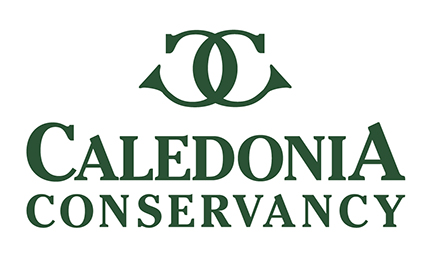Help Us Control Invasive Species
The Caledonia Conservancy's Stewardship Committee is dedicated to bringing timely information about invasive species to the attention of homeowners and Conservancy members. We feel that this information is valuable and worth sharing with everyone. Hopefully, the more we are all aware of the effects of these invasive plants and ways to eradicate them, the more our native Wisconsin flora will thrive.
Dames Rocket
Dame's rocket, pictured above, is a showy, short-lived perennial with large, loose clusters of fragrant white, pink or purple flowers that bloom from May to August on flowering stalks 2-3 feet in height. This member of the mustard family has flowers with four petals. Prolific seed sets are produced in long, narrow fruits that can quickly escape cultivation. The plants are prolific bloomers and produce large quantities of seed from May into July. Each plant may have several clusters of flowers at various stages of development, enabling the plant to produce both flowers and seeds at the same time. The effects of this invasive is that it can compete with native species. Unfortunately, part of its success can be attributed to its wide distribution in "wildflower" seed mixes. Learn more about Dames Rocket and how to control it.
Garlic Mustard
Garlic Mustard, pictured below, is in full bloom between 5/10 and 5/20, so early May is the best time to control this invasive. Garlic Mustard's early growth and heavy early seed setting gives it the ability to crowd out native woodland flower species. The roots also give off a chemical that kills the native plants around it. The seeds can remain dormant in the ground up to 7 years and any time within those 7 years can begin growth. Garlic Mustard is a biennial plant and will be seen in two forms in early spring: as new seedlings known as cotyledon and second-year plants referred to as rosettes.


